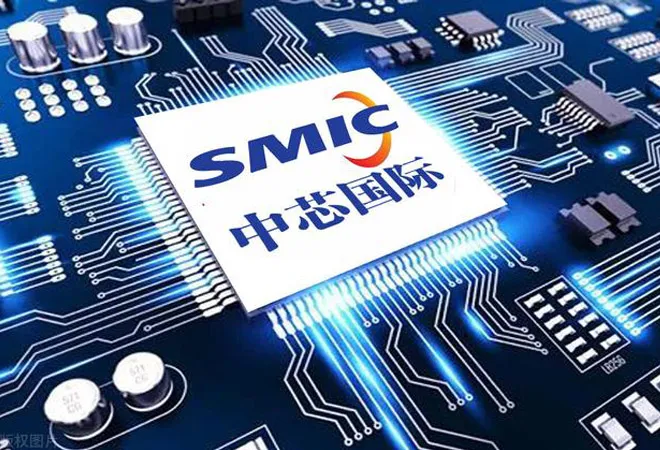
One of the unforeseeable consequences of the COVID-19 pandemic is the shortage of semiconductor chips across the world. According to a report from Susquehanna Financial Group, the global chip crunch has gotten worse since July, and the wait time—the gap between the companies placing orders for semiconductors and receiving them—has hit an all-time high at 21 weeks. It has impacted several sectors, especially the consumer electronics and automobiles industries. The situation is much worse for a few Chinese companies who face the dual challenge of logistics disruption caused by the pandemic and US sanctions. However, Semiconductor Manufacturing International Corp (SMIC), China's would-be national semiconductor champion, is determined to fill in the void by scaling up.
SMIC is on track with the construction of new chip fabrication plants in different cities, despite lingering risks of US restrictions that may prevent its acquisition of production equipment. On September 3, SMIC announced its plan to establish a new factory in the Lin-Gang Special area—part of Shanghai's free trade zone. The proposed US $8.87-billion worth foundry has a planned monthly production capacity of 100,000 12-inch wafers. Earlier in March this year, SMIC announced that it would work with the Shenzhen government to invest in a US $2.35 billion project to produce 28 nanometre (nm) and above integrated circuits to produce 40,000 12-inch wafers per month. Last year, it unveiled its plan to partner with Beijing Economic-Technological Development Area Management Committee (BDAC) to develop facilities to produce 12-inch wafers. If all this is accomplished, SMIC's output should nearly double by 2025. The new investments aim to ease the semiconductor shortage while reducing Chinese demand for imported semiconductors.
SMIC is on track with the construction of new chip fabrication plants in different cities, despite lingering risks of US restrictions that may prevent its acquisition of production equipment
SMIC's latest infrastructure expansion plans came a day after the company reported revenue of US $1.34 billion in the second quarter of 2021; an increase of 43.2 percent year over year, mainly on the back of strong demand from manufacturing enterprises. SMIC's last year listing on the STAR market, the Sci-Tech Innovation Board of Shanghai Stock Exchange, explicitly showed the market's confidence in the firm. State media reported that SMIC raised US $6.55 billion in the Shanghai public offering, more than double its initial target. The company also received preferential treatment in its listing process as authorities fast-tracked its application to support the hometown semiconductor manufacturing giant. Moreover, SMIC has robust financial backing from the state. As per SMIC's exchange filing, an investment entity designated by the Shanghai government will take a 25 percent stake in the mega fab in Shanghai. Government-backed Shenzhen Major will hold a stake of about 23 percent in the joint venture in Shenzhen. BDAC pledged to invest US $2.4 billion in the first phase, worth US $7.6 billion, of the project with SMIC.
SMIC raised US $6.55 billion in the Shanghai public offering, more than double its initial target. The company also received preferential treatment in its listing process as authorities fast-tracked its application to support the hometown semiconductor manufacturing giant.
Despite the strong state support, SMIC is at least a decade behind the global chip giants in technology. SMIC's most advanced production lines can manufacture 14 nm Fin Field Effect Transistor chips, while Taiwan Semiconductor Manufacturing Company (TSMC) and Samsung are currently producing 5 nm chips and are moving towards 3nm. This means SMIC can cash in by producing automotive ICs and other semiconductor products for consumer electronics that are currently in short supply. Still, it cannot climb up the value chain anytime soon as it cannot produce advanced chips used in cell phones and PCs.
Lack of talent and access to advanced technologies are significant challenges in the path of SMIC. Since investment in research and development does not yield results instantly, SMIC has been building up its management and technical expertise by aggressively recruiting and generously rewarding engineers from foreign firms, especially TSMC, which has irked Taiwan. On the other hand, apart from putting SMIC on the export blacklist, the US has been trying to block the supply of advanced lithography machines from other countries to China.
The world's fourth-largest chip foundry, SMIC, seems to be China's best hope at achieving self-sufficiency in semiconductors. However, it is yet to be seen how successful that bet would be.
The views expressed above belong to the author(s). ORF research and analyses now available on Telegram! Click here to access our curated content — blogs, longforms and interviews.




 PREV
PREV


